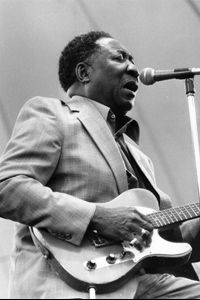If you're like most budding musicians, you've probably noticed an eerie coincidence as you scan the tab and sheet music to your favorite songs -- they tend to use many of the same chords. This similarity surprises some beginning guitar players. After all, the guitar is a flexible instrument, capable of producing textured, nuanced harmonies and scales. So why stick to just three chords? More importantly, how do songwriters manage to make three chords sound so complex and appealing? Part of the answer lies in the use of chordal fills.
Chordal fills -- groups of single notes played within the context of a specific chord -- play a crucial role in almost every guitar song because they make otherwise ordinary chords sound fascinating and unique. Guitarists using this technique strum a chord while simultaneously playing individual notes. This produces a countermelody, a second melody played at the same time as the principle one. These fills add a distinctive sound, transforming a simple chord progression into a unique, memorable tune.
Advertisement
Using the G, C and D chords as examples, this iVideosongs tutorial will teach you how to spice up a basic chord progression by striking countermelodic single notes as you play each chord. With this simple, systematic approach to creating chordal fills, you'll add complexity and depth to your music in no time.
Now that you're familiar with the underlying concept of chordal fills, break out your guitar and click to the next section to watch this technique in action.
Advertisement



